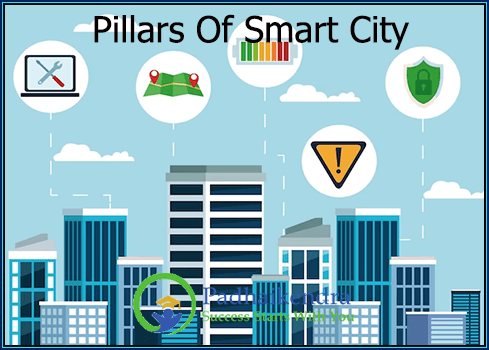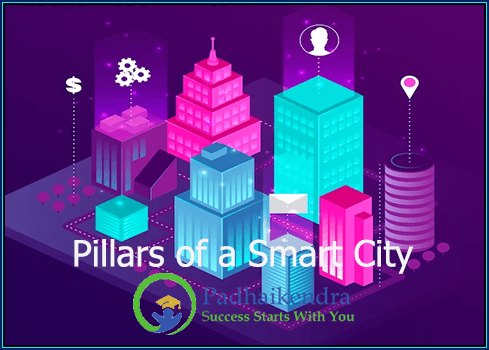The pillars of a Smart City are the key areas that are targeted for improvement through the use of technology and data-driven solutions. The specific pillars may vary depending on the city and its priorities, but some common pillars of a Smart City include:
- Smart Governance: This pillar focuses on improving the delivery of public services through the use of digital technology. Smart governance includes initiatives such as e-governance, online citizen engagement, and open data platforms.
- Smart Mobility: This pillar focuses on improving the transportation system in the city by leveraging technology to optimize traffic flow, reduce congestion, and enhance public transportation. Smart mobility initiatives may include the use of intelligent transportation systems, smart parking, and electric vehicles.
- Smart Environment: This pillar focuses on improving the environmental sustainability of the city by reducing energy consumption, greenhouse gas emissions, and waste. Smart environment initiatives may include the use of renewable energy, smart grids, and waste management systems.

- Smart Economy: This pillar focuses on promoting economic growth and innovation through the use of technology and entrepreneurship. Smart economy initiatives may include the development of innovation hubs, incubators, and accelerators, and the promotion of digital entrepreneurship.
- Smart Living: This pillar focuses on improving the quality of life for residents by providing better access to services such as healthcare, education, and public safety. Smart living initiatives may include the use of telemedicine, smart education, and smart security systems.
These pillars work together to create a comprehensive and integrated approach to Smart City development, with the goal of creating a more sustainable, efficient, and livable urban environment.





